Survival ultimately boils down to making the right decisions and doing the right things, with a little bit of random chance and a lot of positive attitude thrown in.
Then there are those times when there is no good choice to make, the “dammed if you do and dammed if you don’t” scenarios. Even then, we have to try and make the best possible decision; because we won’t know if it was the right one or not, until sometime later.
Probably the biggest decision for any of us is the bug out vs. bug in decision. That one decision makes all the difference in the world. But it’s not as cut and dried as many would have us believe. We actually have to make that decision over and over again, as dictated by changes in our situation.
Many survival experts have stated that it is better for most people to bug in, than bug out, in most situations. I include myself in that group and have said so myself, on more than one occasion. Even so, I can’t call that a hard and fast rule. There is always the possibility of a situation which is so dangerous, that bugging in is tantamount to signing your own death warrant.
Take the Camp Fire, which burned down the 1,200 homes, stores and other buildings of Paradise, California in November of 2018. No matter how well any of those people were prepared, it wouldn’t have worked to bug in. Even a bunker, buried in your backyard, would become a death trap, as the fire sucked all the oxygen out of the shelter. In that case, the only way to survive would be to evacuate.
Granted, that was an extreme case and one that is not likely to be repeated. But it’s not the only case where sheltering in place is too dangerous to consider. I’m sure that any preppers living on the northeast coast of Japan would have been ill-advised to bug-in when the Tōhoku earthquake and tsunami hit. I seriously doubt that any of them had an underground bunker that would have made it easy to survive, ten feet under the water.
Factors in the Bug Out Decision
These examples merely illustrate that there is no easy answer in the calculus of making the bug out decision. There are just too many factors in the equation. That’s why each of us needs to make that decision for ourselves, as well as being constantly ready to revise that decision, as necessary.
Ultimately, the decision to bug out or bug in is all about what is going to give you and your family the best possible chance of survival. With that in mind, let’s look at some of the major factors:
Where do You Live?
There’s a huge difference between living in the center of the city in a high-rise apartment and living in a house in suburbia. Sadly, most survival writing is done from the viewpoint of someone living in that house in suburbia. The ideas presented can’t be done by an apartment dweller.
By and large, it makes sense for the suburbanite to bug in; but that doesn’t mean that it makes sense for the apartment dweller to. They are dealing with a much higher population density, meaning that people will be fighting for resources much sooner. Bugging out might be necessary, just to get out of what might very well turn into a combat zone.
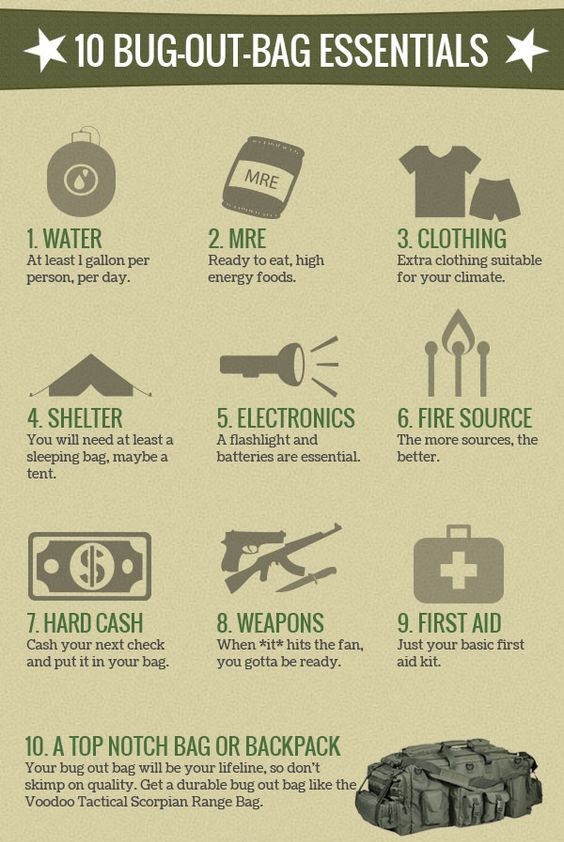
How Well Prepared are You?
It makes absolutely no sense to abandon your home and a stockpile of food, in order to go out in the wilderness and try to live off the land. But the flip side of that coin is just as true. It doesn’t make any sense to try and stay someplace where resources are going to be scarce if you don’t have the resources you need in your stockpile.
This means that your basic decision about bugging in or bugging out may very well change as you travel through this journey of being a prepper. As your stockpile grows, it will make more and more sense to bug in, unless you happen to be building that stockpile elsewhere.
What’s Your Level of Bushcraft Skills?
Living off the land isn’t easy, regardless of what you see on television. Every survival expert you’ve seen on a reality TV show has had near-death experiences… and those are the experts. The truth of the matter is, it’s hard to live off the land, especially in inclement weather. If you’re not a true expert, not only in the basic bushcraft skills of building a shelter and starting a fire but also in finding food you can eat, you’re chances of survival probably won’t be all that high.
Do You Have Someplace to Go?
Bugging out always implies having someplace to bug out too. But let’s be honest here; few of us actually have such a place. Oh, we’ve got a vague idea of where we’ll go; but nothing more. If we don’t have a specific address or grid coordinates we’re planning on going to, then we don’t have someplace to go.
Having someplace to go has to include having that place prepared, at least to some extent. If you’re planning on staying with your cousin, who lives out in the country, do you have a food and supply cache at his or her place? If you’re planning on going to a rural community, do you have a supply cache there? Without a supply cache in place and something you can use as shelter, you really don’t have someplace to go.
How Far is Your Survival Retreat?
Distance is a factor too. We all accept the idea that the highways are going to turn into parking lots, with all the people trying to evacuate. If that’s the case, are you sure that you’re going to be able to get to where you’re planning on going? Can you get there before you run out of gas?
What Sort of Disaster are You Facing?
The type of disaster can end up being a factor as well. Where I live, we’re in prime hurricane country. Not only that, but I can look out my front window and see the water. So I’d have to say, this old building probably isn’t an ideal place to ride out a hurricane.
That doesn’t mean it’s a bad place to ride out some other types of disasters though. My cost of living is fairly low, so this is a good place to ride out a financial crisis. The building is made of cement, so it provides good protection from rioting and civil unrest. Each potential disaster has its own particular risks, which have to be taken into consideration.
What is the Physical Condition of Each Family Member?
The composition of your family is an important factor as well. Do you have small children? How about anyone who qualifies as the elderly? Is there anyone who is disabled, overweight or has any chronic health problems? All of these factors affect not only their chances of survival but the whole party’s chances as well.
Some people may not be able to bug out, except in the most extreme circumstance, because of a lack of mobility. That’s a special challenge and has to be taken into consideration in your survival planning. Your family situation is unique, so what works for others, may not work for you.
How Long do You Expect the Disaster to Last?
There’s a big difference between bugging out for a couple of weeks to avoid a Cat 5 hurricane and bugging out with no hope of ever returning home, in an effort to escape anarchy or an epidemic. Bugging out for a week or two is easy and can be accomplished with minimal preparation. But the same can’t be said for a permanent bug out because your home is no longer tenable.
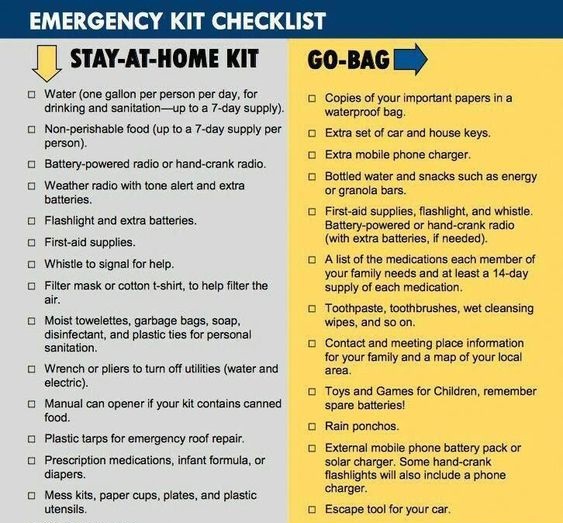
It’s a Two-Stage Decision
The decision to bug in or bug out isn’t a one time for always sort of decision. Situations change. unforeseen circumstances come. We must keep ourselves flexible, so that no matter what we decide, we have the means to change our mind, at a moment’s notice, if necessary.
For most of us, the basic decision to bug in makes sense. our homes provide us with shelter, as well as being the most likely place where we will have built our stockpile. All our possessions are there, including all of our survival gear and supplies. Even so, there may come a time when the situation makes our homes untenable and we have to bug out.
As much as you can, you should predetermine what circumstances would force you to bug out. I realize that’s extremely difficult, except in a few, very specific circumstances, such as the campfire I mentioned earlier. But it’s not impossible.
On to the Second Stage
You should have already done a risk analysis of the potential disasters you could face, wherever you live. This should include things like an alien invasion or an EMP taking out our electrical grid, as well as the more mundane chances of natural disasters and fires. Your disaster planning has to include the actions you’ll take for any one of these problems, especially the ones you think are most likely to occur.
The next stage in the process is to determine at what point during or in the aftermath of any of those potential disasters will change the balance and make bugging out a better choice than bugging in.
Let me use something fairly simple, a hurricane, as an example. If you live in a hurricane zone, as I do, you have probably already gone through the steps necessary to protect your home from hurricane damage. But I have to ask, for what level hurricane? Do you think your home could survive a direct hit by a Cat 5 hurricane? Could it survive a hurricane getting stalled right over your home as Hurricane Harvey did over southeast Houston?
Even though you are prepared to survive a hurricane, there are bound to be limits to that preparation. At some point, your preparations won’t be enough anymore. In that case, you’ve got to be ready to evacuate, just like everyone else. So, what’s the point at which you have to do that? Do you know?
As part of our planning, we need to think through every one of our risk scenarios, including their aftermath, and decide at what point our decision to bug in is no longer viable. Then, based on that, we need to figure out what triggers to look for, which will tell us that it’s time to bug out. That way, when the time comes, we won’t be sitting there, sucking our collective thumbs, trying to decide whether to bug in our bug out.
Get Informed
There’s just one more piece to this equation; that of having a means of becoming informed about those triggers, before they become common knowledge. You don’t want a trigger that consists of city officials calling for a general evacuation. If you wait for that, you’re going to be part of that huge traffic jam we talked about earlier. If you think that’s going to be fun, talk to the people who evacuated from Houston for Hurricane Rita.
You need better sources that that; the kinds of sources that the decision-makers themselves will be using. Fortunately, living in the information age, we have ways of getting that information.
To start with, I wouldn’t count on the media. They’re busy putting on a show, which means that they are likely to hold off passing any useful information on until they can sensationalize it and spin it the right way. As with the city officials, you want to be tapped into the sources that they are getting their information from. Only use the media as a backup source, in case you miss something.
So, what sources should you count on?
- National Hurricane Center (NHC) – The national hurricane center maintains a website where they provide up to the minute information about the status of all current and potential hurricanes and tropical storms, included projected course tracks.
- National Weather Service – Like the NHC, the National Weather Service provides weather information on their website, including active weather radar.
- Center for Disease Control and Prevention (CDC) – The CD is our government’s premier public health organization, providing services worldwide, especially for contagious diseases and epidemics. Rather than hearing what the news says about something like the coronavirus or the ebola outbreak, go to the source.
- Police Scanners – To keep abreast of what’s happening in your area, get yourself a police scanner. With it, you can tap directly into police, fire and other emergency service communications; hearing about things as they are happening. While there will be much that is unimportant to you; there will also be reports about things like riots, gas line explosions, and fires. If your city has an emergency operations center (EOC), see if they have a frequency and make sure you have that one programmed in.
- Reverse Alert – A relatively new service, which is not available everywhere, is Reverse Alert. If you sign up for this service online, you will receive text messages, e-mails and phone calls about any sort of emergency, as it is happening.
This list is by no means complete. There are other sources of information that exist in some parts of the country, but not in others. You need to find the sources which apply to the area you live in and start following them. That way, you’ll hopefully have the information you need, to beat everyone else to bugging out, when and if you need to.
Whatever you do, don’t just depend on others. You need to take control of your own safety. Isn’t that what prepping is all about? Well then, get the information you need, so that you can take that control.


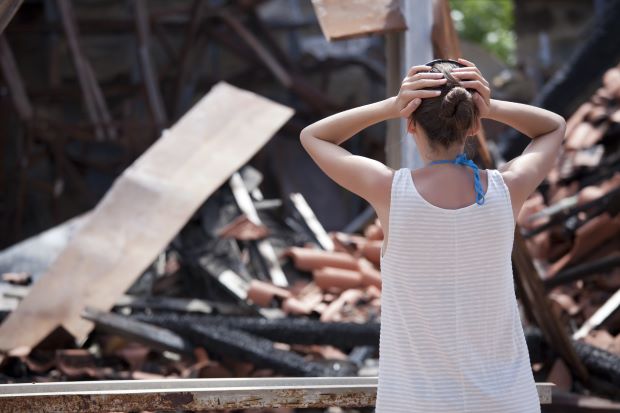
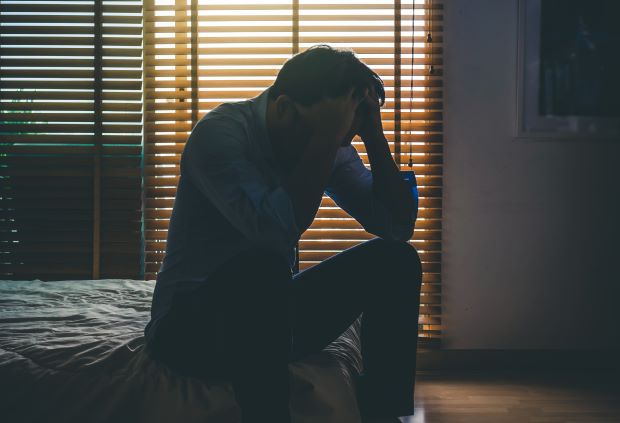


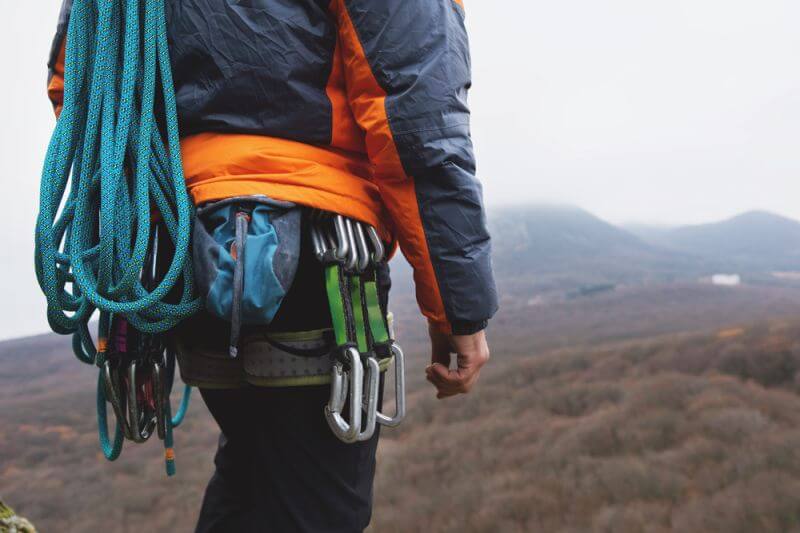

Dale | February 25, 2020
|
A very good, common sense article. I have only one criticism . . . You cite the CDC as a source of information. I don’t think one should count on them, unless you somehow have access to the raw information that they are passing directly to the government. Anything that the CDC releases to the public for general consumption is bound to be censored with the avowed intention of “avoiding panic.” By the time they tell us the truth, the s**t will already have hit the fan and the time for panic will be long past. Also, I don’t know whether you were serious or attempting to be funny when you mentioned preparing for an alien invasion, but I take that as a valid SHTF scenario. Anyone who truly believes that we are alone in this impossibly vast universe is burying their head in the sand and kidding themselves. It’s only “impossible” until it happens.
GeorgiaJewel777 | March 16, 2022
|
I was thinking the exact same thing. It’s really sad that an entity that’s supposed to be looking out for our health and safety turns out to be run by the very people who want to kill off as many of us as possible. So as far as I’m concerned, nothing they say or do is credible. The same goes for probably every single govt agency that’s under the current criminal administration that seems to have taken over our country. So that being said, I would also like to say thank you to the author for providing such an invaluable source of essential information to people that need it. And at no charge! Much appreciated.
Edmundo | February 25, 2020
|
Hello,
I have to agree with Dale, the CDC is NOT a reliable source of information, though maybe at one time it was.
Other than that thanks for an informative article.
Regards,
Ed
Ric | February 25, 2020
|
Okay I know if is just a diagram but MREs again? Cost, weight self life, space and taste are all negatives for them. Only advantage is easy to use. Freeze dried is a better option for bugging out. Could even be eaten cold and dry if cooking was not an option.
Cynthia | February 25, 2020
|
I have been posting these onto Pintrest to help people be more educated and informed. All of a sudden the site won’t let me pin anymore. Is there a reason for that?
Alex | February 26, 2020
|
Hello Cynthia,
Thank you for reporting the problem. We are aware of it and we’re waiting for a reply from Pinterest as it doesn’t allow us to pin them either.
Stay safe,
Survivopedia team.
Harry De Leon | February 25, 2020
|
The cart will not open
https://ssl.clickbank.net/order/orderform.html?time=1582684141&vvvv=6c6173746d616e3134&item=1&vtid=controld&cbfid=26954&cbf=WDQILNFT6L&vvar=vtid%3Dcontrold%26cbfid%3D26954%26tkn%3DdHJraWQuMzQxOGU2NmMtYzMzYS00MjMwLWE4MDAtMGJiMTg0ZjBjM2U5fHNwbGl0Lnx0di58dC58Y3AuMzQzODU5fGNwdC5kaXNwbGF5fGNwMS5yZXRoaW5rYnVnb3V0X3N2cF9pbmFfbGFzdG1hbnxjcDIudXB8Y3AzLlRFWFRzZWNvbmR8Y3A0LnxjcDUufHByYy58Y3QufGN0MS58Y3QyLnx0ZzEufHRnMi58dGczLnx0ZzQufHRnNS58bGlkLnxtLnxoYXNoLjVmNTMwZDYwNjZkYjQwZTQ3MzA4Yjk3MGExMmFjNzM%26REF%3D3418e66c-c33a-4230-a800-0bb184f0c3e9&corid=c2d32583-bef5-4db6-980e-c46429a0ed6c
Alex | February 26, 2020
|
Hello Harry,
We checked it and it seems to work. Can you please refresh the page and try again? If the problem continues, please contact us at [email protected] and we’ll help you ASAP
Survivopedia team
frosty | February 25, 2020
|
alien invaion started many years ago, they are now starting to take over